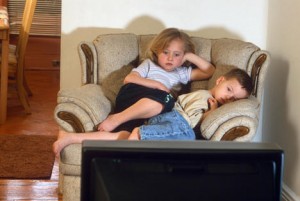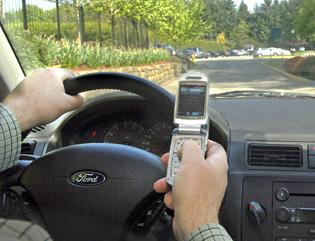 New research from the Urban Institute finds that more than half of mothers in poverty show symptoms of depression, posing a serious risk to their children’s well-being and development.
New research from the Urban Institute finds that more than half of mothers in poverty show symptoms of depression, posing a serious risk to their children’s well-being and development.
The study is the first took look at depression among mothers in poverty across the nation and also assess parenting approaches for infants living in poverty whose mothers are depressed. The research was based on data from a federal education survey of 14,000 children born in 2001. It was funded by The Doris Duke Charitable Foundation.
Among the surprising results are:
- Eleven percent of infants living in poverty have a mother suffering from severe depression.
- Compared with non-depressed mothers, severely depressed mothers are more likely to struggle with domestic violence and substance abuse.
- Infants of depressed mothers are breastfed for shorter periods of time than those with mothers who are not depressed.
- Even though depression is treatable, many severely depressed mothers do not receive care.
The evidence suggests that depression interferes with mothers’ parenting abilities.
“A mom who is too sad to get up in the morning won’t be able to take care of all of her child’s practical needs,’’ researcher Olivia Golden, who coauthored the paper, told the Washington Post. “If she is not able to take joy in her child, talk baby talk, play with the child — those are features of parenting that brain development research has told us contribute to babies’ and toddlers’ successful development.’’
But many of these mothers are already connected with programs that could provide help with depression or referrals for mental health services. Ninety-six percent of severely depressed mothers live with some who qualifies for the Special Supplemental Nutrition Program for Women, Infants, and Children. Seventy percent participated in the Supplemental Nutrition Assistance Program, formerly known as Food Stamps. And 90 percent of infants receive Medicaid benefits, giving their mothers’ access to health care providers.
Now researchers need to find an evidence-based approach to reaching these mothers and providing them with mental health services.







